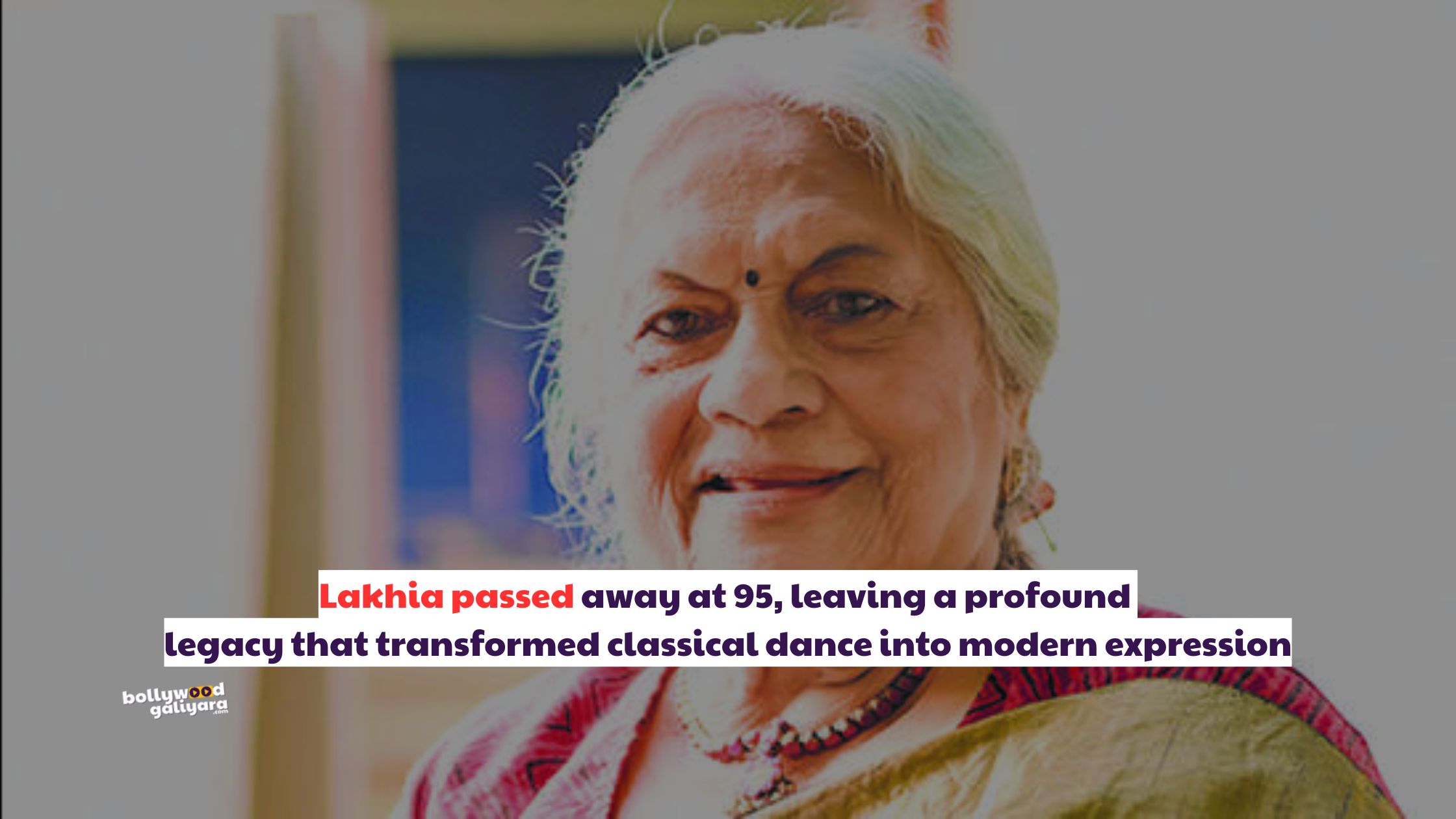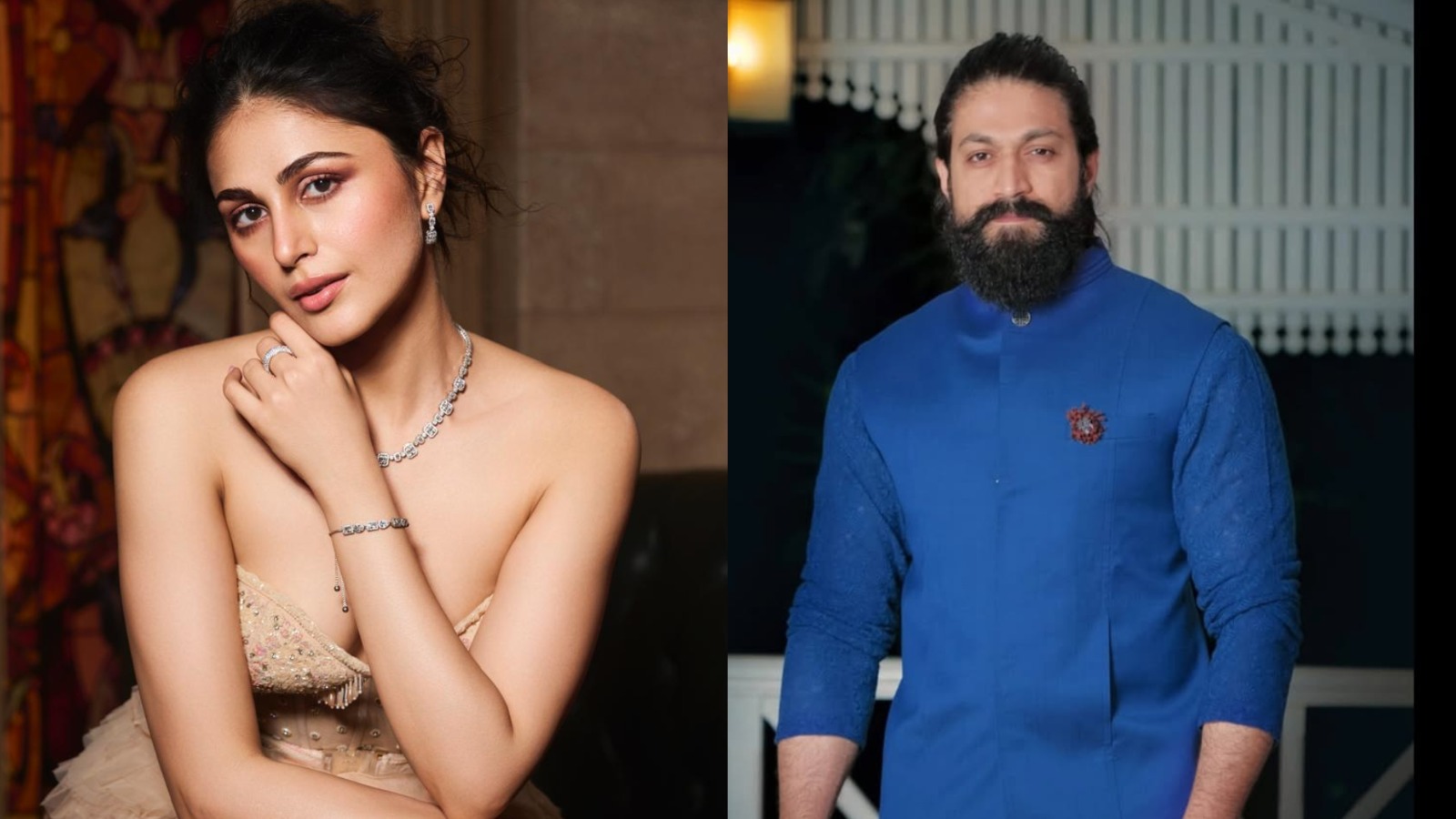The world of Indian classical dance mourns the loss of one of its brightest and boldest stars. Kumudini Lakhia, the legendary Kathak dancer and choreographer, passed away on Saturday morning in Ahmedabad at the age of 95. Known for revolutionizing the traditional dance form of Kathak, she was often described as “India’s Martha Graham”—a woman who didn’t just perform dance, but rewrote its grammar.
Her death marks not just the passing of an era, but the silencing of a soul that gave voice to Kathak in a way no one had before. In a field deeply rooted in tradition and structure, Kumudini Lakhia stood out as a pioneer who dared to blend classical movements with modern expressions—making Kathak accessible, powerful, and relevant to the changing times.
Born in 1930, Lakhia began her journey in a world where women performers were expected to follow a narrow path. Her early training was under the watchful eyes of legends like Pt. Shambhu Maharaj and Sunder Prasad, stalwarts of the Kalka-Bindadin gharana. She mastered the traditional techniques, but there was always something more in her eyes—a spark that hinted she was destined to go beyond the ordinary.
Krishna Mohan Maharaj, son of Pt. Shambhu Maharaj, once remarked, “Even during her early days of training, there was a quiet rebellion in her rhythm. She didn’t break the rules out of defiance, but because she was searching for something deeper. She believed dance should speak—not just move.”
And speak, it did. Over the decades, Kumudini Lakhia gave Kathak a new vocabulary. Through her choreography, she took the classical form from courtrooms and temples to the global stage, layering it with themes of identity, gender, modernity, and freedom. Her productions didn’t just entertain—they questioned, provoked, and inspired.
Perhaps one of her greatest contributions was founding the Kadamb Centre for Dance and Music in Ahmedabad. Through Kadamb, she mentored and shaped generations of dancers who would go on to become voices in their own right. The institution wasn’t just a training ground; it was a space of exploration and transformation. Here, dancers were encouraged to ask questions, to think critically, and to push artistic boundaries.
Among her many celebrated works were performances like Dhabkar, Yugal, and Atah Kim, which fused storytelling with raw emotion. Unlike traditional Kathak pieces which often followed linear narratives and mythological themes, Lakhia’s work often mirrored the world around her—politics, womanhood, social shifts. She brought emotion to the fore, stripped the form of excess ornamentation, and centered the dancer’s inner voice.
She was also one of the few choreographers who expanded the solo nature of Kathak into a group format, creating dynamic ensembles that moved with collective energy. This shift allowed for new visual experiences and expanded the possibilities of performance.
What made her truly unique was her belief that tradition and innovation were not enemies. She respected the roots of Kathak deeply, but she also believed that art must evolve. “Preserving tradition doesn’t mean freezing it in time,” she often said. “A tradition that doesn’t breathe, dies.”
Throughout her life, Kumudini Lakhia received several awards, including the Padma Shri and Padma Bhushan, in recognition of her unparalleled contributions to Indian dance. But beyond the awards, her true legacy lies in the lives she touched, the minds she opened, and the stories she told through movement.
For her students, she was more than a guru—she was a guide, a challenger, and a second mother. Many of them describe her as someone who would never settle for average. “She demanded truth in movement,” one former student shared. “You couldn’t just perform the steps—you had to feel them, live them.”
As India pays tribute to this extraordinary artist, her work continues to live on. Her productions are still studied, her students continue to perform, and her influence can be seen in almost every contemporary Kathak stage today. She may no longer be with us physically, but in every graceful spin, in every powerful stomp, in every dancer who dares to blend old with new—Kumudini Lakhia still dances.
In a world that often fears change, she was a shining example of courage. She proved that classical doesn’t have to mean rigid, and tradition doesn’t have to silence the new. Kumudini Lakhia taught Kathak to speak—and in doing so, she helped an ancient art find its modern voice.




